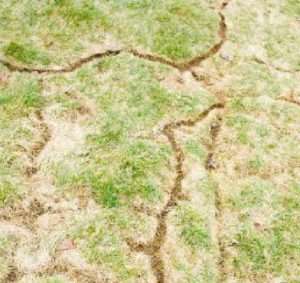Comprehensive Overview to Effective Vole Pest Control: Infestation Identification and Treatment Techniques
In the world of reliable insect control, vole problems present an unique challenge that demands a tactical approach. These little rats, often mistaken for mice, can inflict havoc on gardens, lawns, and crops if left unattended. Determining the indicators of vole visibility and applying targeted therapy approaches are important components of a successful pest management strategy. By exploring the nuances of vole habits, understanding vital indications of invasion, and examining a variety of control choices, one can establish a detailed approach to battle these evasive insects.
Comprehending Vole Actions
Vole behavior is defined by their tunneling behaviors and rapid recreation prices, making them a difficult bug to manage properly. Their fast reproductive price further complicates control efforts, with women capable of creating several trashes in a single year, each having numerous spawn.
Recognizing vole actions is critical for efficient insect control methods. By determining their burrow locations, keeping an eye on feeding areas, and carrying out targeted control approaches, such as capturing or environment adjustment, vole infestations can be taken care of effectively.
Indicators of Vole Problem

Prevention Approaches
Carrying out efficient prevention techniques is critical in lessening vole invasions and protecting plants from their harmful feeding routines (vole pest control). To avoid vole infestations, it is necessary to begin by removing potential food resources and shelter. Maintain lawn and plant life trimmed short, remove weeds and particles, and keep a clean garden or yard to make the location much less appealing to voles. Installing obstacles such as equipment cloth or underground fencing can likewise aid deter voles from getting in particular locations. Additionally, lowering excess moisture by taking care of leaky pipes and ensuring appropriate drainage can make the atmosphere less hospitable for voles.
Routinely examining the residential property for indications of vole activity, such as paths and tunnel openings, is essential for very early detection and prompt activity. If vole task is presumed, take into consideration making use of catches or repellents tactically put near their pathways.
Non-Lethal Control Approaches
To efficiently handle vole populaces while focusing on gentle methods, non-lethal control approaches supply useful solutions for lowering vole damage in landscapes and gardens. These barriers can be hidden at the very least 12 inches curved and deep at a 90-degree angle to prevent voles from delving below.

Lethal Control Options
One effective technique for dealing with vole infestations in gardens and landscapes entails the tactical use deadly control alternatives. When encountered with a severe vole infestation that non-lethal approaches have actually failed to consist of, applying deadly control procedures comes to be important. One generally used deadly control option is the use of breeze catches. These traps are developed to swiftly and humanely eliminate voles upon activation, making them a prominent choice for numerous gardeners and landscapers. To enhance the efficiency of breeze catches, it is advised to position them in locations where vole task is high, such as along paths or near burrow entryways. One more dangerous control click to find out more alternative is the application of poisonous lures especially created to target voles. These lures contain toxin that is consumed by the voles, leading to their ultimate death. Caution needs to be exercised when using toxic lures to protect against harm to non-target pets or family pets. On the whole, when employing lethal control options, it is vital to do so properly and according to local laws to efficiently manage vole problems.
Verdict
Finally, efficient vole pest control requires a detailed understanding of vole behavior, recognition of indications of problem, implementation of avoidance techniques, and use of both deadly and non-lethal control techniques. By integrating these approaches, individuals can efficiently take care of vole populations and shield their building from damages. It is very important to deal with vole infestations immediately to avoid more issues and minimize the influence on the surrounding setting.
Given the intricate tunnel systems and fast recreation prices particular of voles, acknowledging the indications of vole problem comes to be crucial in reliable parasite control. One of the main signs of vole presence is the visibility of surface area runways or tracks in yard or snow, generally about 1-2 inches broad, produced as voles travel between their burrows and food resources.To efficiently take care of vole populaces while prioritizing gentle approaches, non-lethal control techniques use functional services for reducing vole damages in gardens and landscapes.One reliable technique for attending to vole invasions in landscapes and yards entails the critical use of lethal control alternatives. vole yard damage.In final thought, efficient vole insect control calls for a detailed understanding of vole behavior, recognition of indications of invasion, application of prevention methods, and usage of both about his deadly and non-lethal control methods